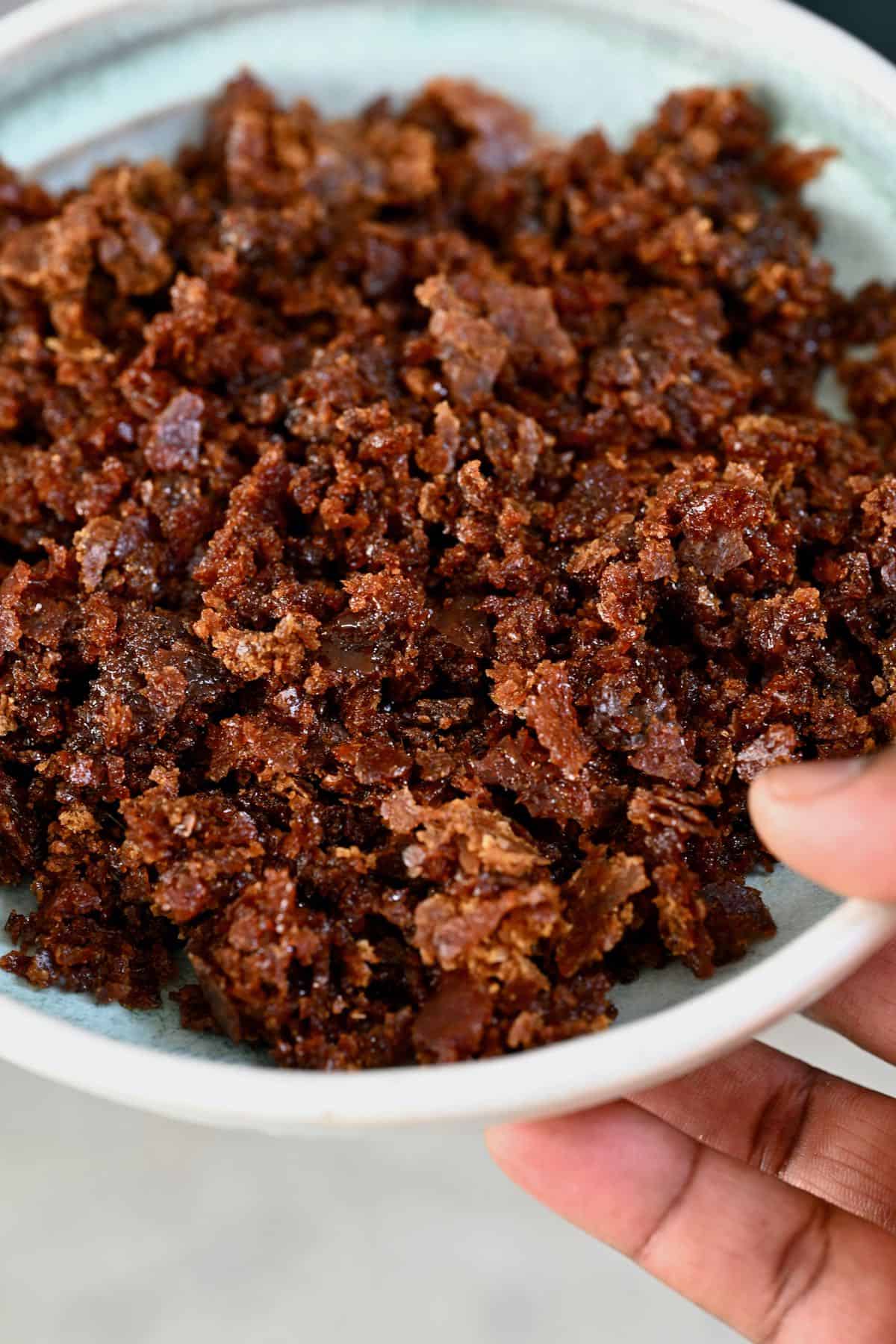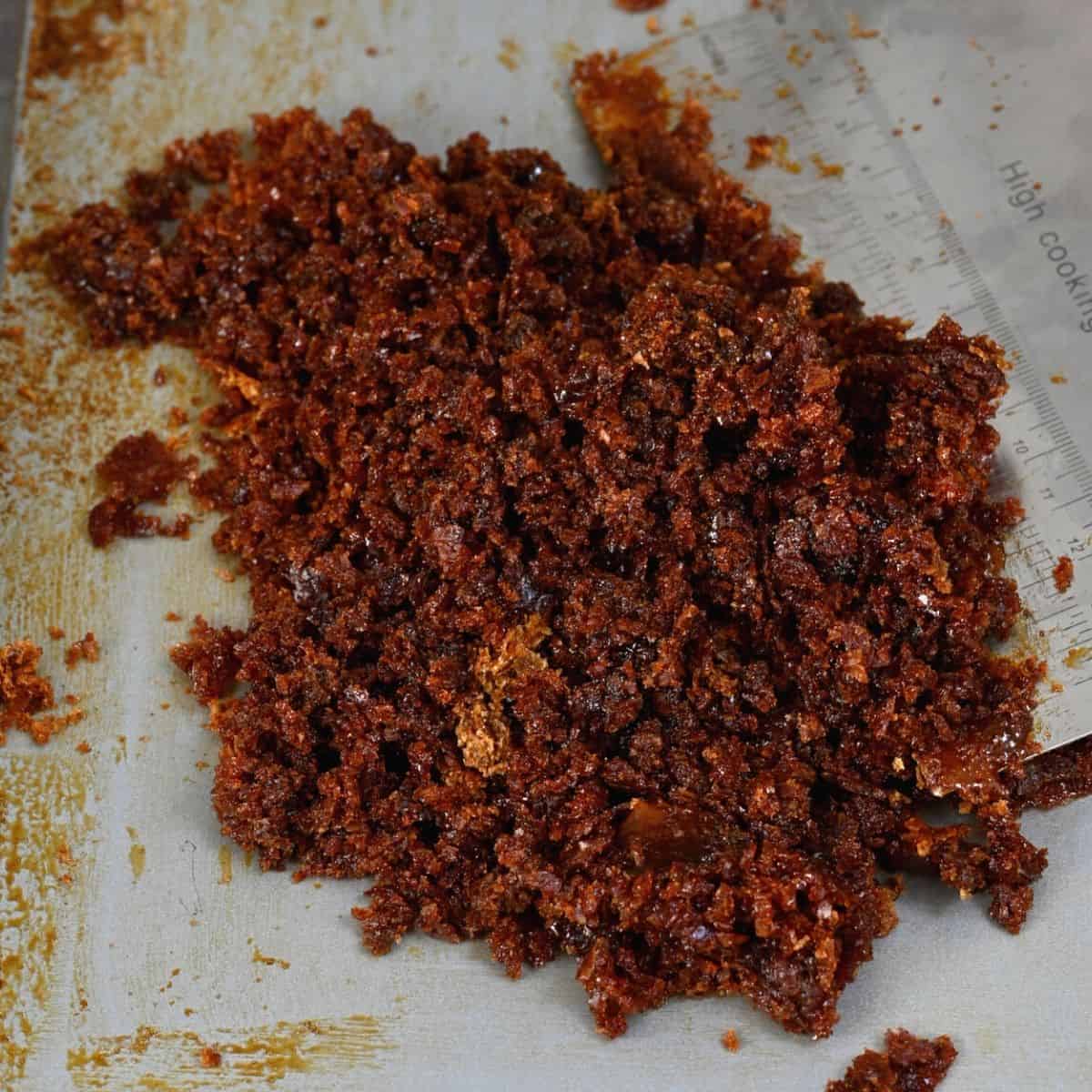Advanced Cane Sugar Processing: Enhancing Effectiveness and Sustainability
Advanced Cane Sugar Processing: Enhancing Effectiveness and Sustainability
Blog Article
Understanding the Vital Methods and Technologies Employed in Modern Cane Sugar Processing
The development of cane sugar handling has been considerably shaped by the combination of innovative strategies and innovations that resolve both effectiveness and sustainability. Enzyme-assisted extraction and sophisticated refining techniques have actually transformed return optimization, while automation assists in operational reliability. Furthermore, the emphasis on lasting practices mirrors a growing understanding of ecological impact. As we explore these important innovations, it becomes necessary to check out how they not only enhance manufacturing however additionally straighten with wider industry fads and customer needs, questioning concerning the future of sugar processing and its implications for international markets.
Historic Context of Cane Sugar Processing
The historic context of walking cane sugar processing discloses a rich tapestry of farming advancement and cultural exchange that has actually shaped its growth over centuries. The procedure of drawing out and improving sugar got momentum in India, where approaches for crystallization were developed around the 6th century.

Advanced Removal Methods
Effectiveness in walking stick sugar extraction has seen substantial innovations, driven by the demand for higher yields and reduced manufacturing expenses. Standard techniques have evolved, paving the way to ingenious innovations that improve the efficacy of the removal procedure. One noteworthy innovation is the usage of enzyme-assisted extraction, in which details enzymes break down cell walls and launch more sucrose from the walking stick fibers. This technique not just raises sugar return but likewise lowers the energy required for processing.
In addition, the adoption of membrane layer filtration modern technologies, such as nanofiltration and reverse osmosis, has changed the separation of sugar from contaminations. These methods enable the discerning permeation of sugar molecules while preserving larger pollutants, streamlining the extraction procedure and minimizing waste.
Furthermore, the integration of constant removal systems has actually resulted in enhanced operational effectiveness. Cane Sugar Processing. These systems keep a consistent flow of walking stick product, ensuring ideal extraction problems and lowering downtime related to batch processing
Cutting-edge Refining Technologies
Refining methods in walking stick sugar processing have actually undertaken a transformative shift, driven by the demand for higher pureness and enhanced product quality. Among the most notable technologies is the fostering of membrane purification modern technologies, such as ultrafiltration and nanofiltration. These procedures efficiently remove contaminations and colorants without the requirement for substantial chemical treatments, therefore protecting the sugar's natural taste and enhancing its allure.
One more substantial improvement is the use of ion exchange materials, like it which enable for discerning removal of undesirable ions from sugar options. This technology not just increases the total purity of the last product yet likewise contributes to lowered waste and ecological impact.
Moreover, developments in adsorption techniques, using turned on carbon and other innovative products, have proven reliable in decolorizing sugar options while preserving optimal top quality. The assimilation of these ingenious refining technologies makes sure that suppliers can produce polished sugar with remarkable clarity and preference, meeting the advancing preferences of consumers.
Automation and Control Systems
Recent improvements in refining innovations have paved the means for substantial renovations in automation and control systems within cane sugar handling facilities. These systems make use of sophisticated software application and hardware to improve functional effectiveness, lower human mistake, and ensure consistent product quality.
Modern automation integrates various components, including sensing units, actuators, and programmable reasoning controllers (PLCs), making it possible for real-time surveillance and control of crucial processes. For circumstances, temperature level, flow, and pressure rates can be exactly controlled during removal, explanation, and formation phases, company website enhancing performance and decreasing waste.
In addition, progressed data analytics and equipment understanding algorithms play a crucial role in anticipating maintenance, allowing drivers to expect equipment failings before they occur. This aggressive technique not only lowers downtime yet likewise extends the life-span of machinery.
Additionally, automation helps with the execution of Market 4.0 principles, encouraging sugar mills to attain higher connectivity and information exchange throughout procedures. Consequently, decision-making comes to be even more educated and nimble, ultimately boosting the overall competitiveness of walking cane sugar production. With these innovations, the market is well-positioned to meet expanding worldwide demands while maintaining functional excellence.
Sustainability Practices in Sugar Manufacturing
Sustainability practices in sugar production have actually come to be progressively important as the market looks for to stabilize economic practicality with ecological duty. As consumer understanding expands concerning the ecological influences of agricultural methods, sugar manufacturers are taking on ingenious approaches to reduce their eco-friendly footprint.
One considerable approach is the application of accuracy agriculture techniques, which make use of information analytics to enhance source usage, such as water and plant foods. This lowers waste and decreases the impact on local environments. Moreover, several manufacturers are transitioning to renewable resource resources, such as biomass from sugarcane by-products, to power their operations, consequently reducing reliance on nonrenewable fuel sources.
Water administration practices are also important; rainwater harvesting and efficient watering systems aid alleviate water shortage issues. Cane Sugar Processing. Additionally, incorporated bug administration techniques decrease chemical usage, advertising biodiversity and dirt health and wellness
Corporate social duty campaigns are emerging, with companies purchasing regional areas and ensuring reasonable labor techniques. By accepting these sustainability practices, the sugar sector not just enhances its credibility yet additionally adds to an extra lasting agricultural landscape, leading the method for future generations.

Verdict
In recap, contemporary walking cane sugar processing incorporates view it now a variety of sophisticated strategies and modern technologies that considerably improve return, efficiency, and sustainability. The adoption of ingenious removal and refining methods, along with automation and control systems, facilitates enhanced functional performance and product top quality. Furthermore, the focus on lasting methods emphasizes a dedication to reducing ecological impact and advertising ethical production. Jointly, these advancements position the walking stick sugar sector to meet contemporary needs while dealing with important global obstacles.
The development of walking stick sugar handling has been significantly formed by the integration of advanced methods and technologies that address both effectiveness and sustainability.The historic context of cane sugar handling exposes a rich tapestry of farming technology and social exchange that has formed its growth over centuries. Advancements in milling and refining emerged, laying the foundation for modern-day walking stick sugar processing.Refining strategies in walking stick sugar processing have actually gone through a transformative shift, driven by the demand for higher pureness and improved item high quality.In summary, modern-day cane sugar handling integrates a range of innovative techniques and modern technologies that substantially enhance sustainability, performance, and yield.
Report this page